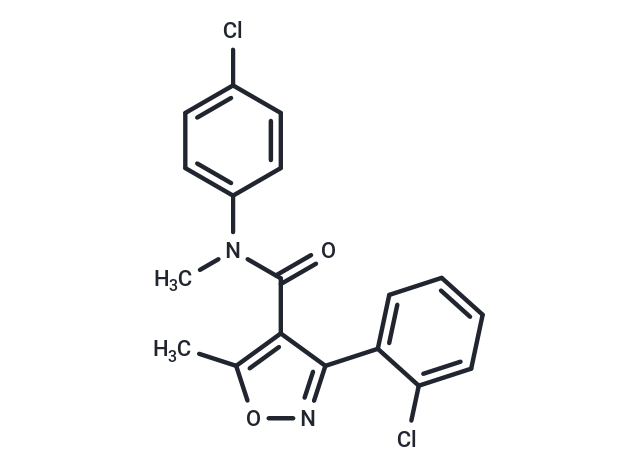Shopping Cart
Remove All Your shopping cart is currently empty
Your shopping cart is currently empty
TGR5 is a potent TGR5(GPCR19) agonist.

| Pack Size | Price | USA Warehouse | Global Warehouse | Quantity |
|---|---|---|---|---|
| 1 mg | $34 | In Stock | In Stock | |
| 5 mg | $79 | In Stock | In Stock | |
| 10 mg | $133 | In Stock | In Stock | |
| 25 mg | $263 | In Stock | In Stock | |
| 50 mg | $483 | In Stock | In Stock | |
| 100 mg | $693 | In Stock | In Stock | |
| 1 mL x 10 mM (in DMSO) | $88 | In Stock | In Stock |
| Description | TGR5 is a potent TGR5(GPCR19) agonist. |
| Targets&IC50 | TGR5/GPCR19 (melanophore cells):7.5(pEC50), TGR5/GPCR19 (U2-OS cells):6.8(pEC50) |
| Kinase Assay | Inhibition assays are carried out in 384-well white ProxiPlates in 10 μL of reaction volume. Standard reaction mixtures consisted of the compound (in 2% DMSO final concentration), enzyme mix (0.001 μM of PHD2, 10 μM of Fe(II), 100 μM of ascorbate) and peptide mix (0.06 μM of biotinylated C-terminal oxygen dependent degradation domain (CODD) peptide, 2 μM of 2OG) in 50 mM HEPES pH 7.5, 0.01% Tween-20 and 0.1% BSA buffer. Compounds (e.g., IOX2) are preincubated with the enzyme mix for 15 min before being incubated with peptide mix for 10 min at 22°C. Each reaction is quenched with 5 μL of 30 mM EDTA. The bead mix containing AlphaScreen beads is preincubated for 1h with a rabbit monoclonal antibody selective for hydroxy-HIF1α (Pro564) and are added to the wells for a further 1 h at 22°C. The plates are then analyzed with an Envision plate reader. The IC50 values are calculated using nonlinear regression with normalized dose-response fit using Prism GraphPad (n≥3)[1]. |
| Molecular Weight | 361.22 |
| Formula | C18H14Cl2N2O2 |
| Cas No. | 1197300-24-5 |
| Smiles | CN(C(=O)c1c(C)onc1-c1ccccc1Cl)c1ccc(Cl)cc1 |
| Relative Density. | 1.346 g/cm3 (Predicted) |
| Storage | Powder: -20°C for 3 years | In solvent: -80°C for 1 year | Shipping with blue ice/Shipping at ambient temperature. | |||||||||||||||||||||||||||||||||||
| Solubility Information | DMSO: 50 mg/mL (138.42 mM), Sonication is recommended. Ethanol: 100 mM, Sonication is recommended. | |||||||||||||||||||||||||||||||||||
| In Vivo Formulation | 10% DMSO+40% PEG300+5% Tween 80+45% Saline: 10 mg/mL (27.68 mM), Sonication is recommended. Please add the solvents sequentially, clarifying the solution as much as possible before adding the next one. Dissolve by heating and/or sonication if necessary. Working solution is recommended to be prepared and used immediately. The formulation provided above is for reference purposes only. In vivo formulations may vary and should be modified based on specific experimental conditions. | |||||||||||||||||||||||||||||||||||
Solution Preparation Table | ||||||||||||||||||||||||||||||||||||
Ethanol/DMSO
| ||||||||||||||||||||||||||||||||||||
| Size | Quantity | Unit Price | Amount | Operation |
|---|

Copyright © 2015-2025 TargetMol Chemicals Inc. All Rights Reserved.